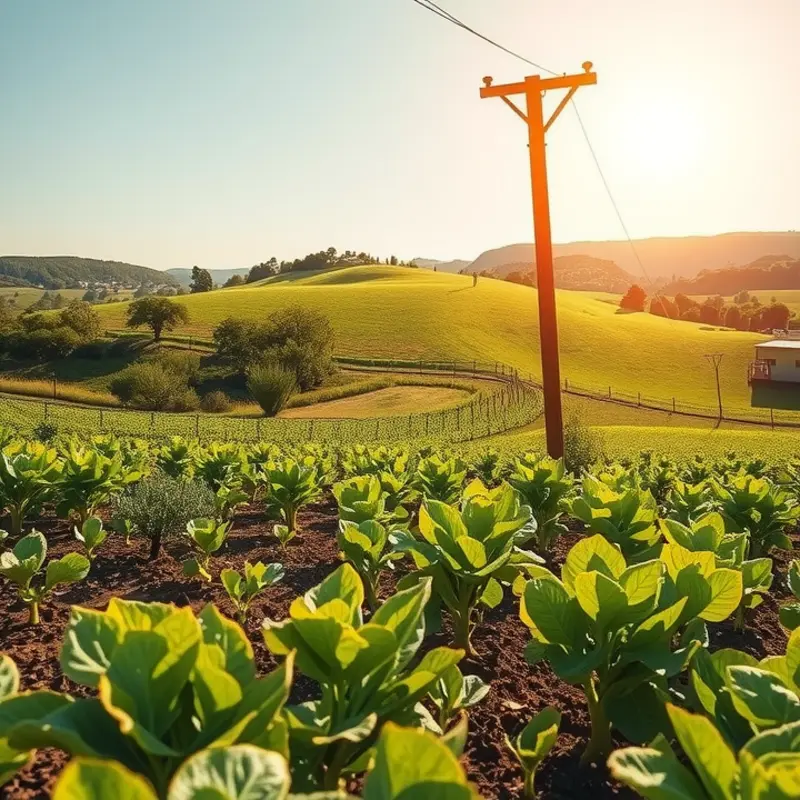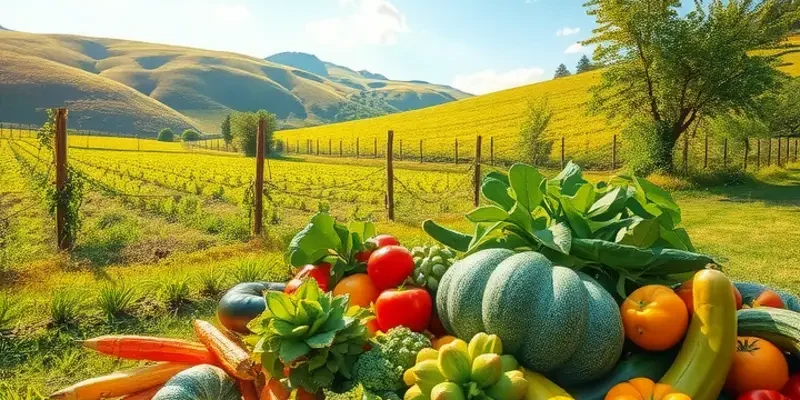Storing salad greens properly can drastically improve your meal preparation and reduce food waste. With the right techniques, you can enjoy fresh, crisp greens for longer periods. Whether you’re a seasoned home chef or just beginning to explore healthy eating, understanding how to store these delicate vegetables is essential for a functional kitchen. Let’s delve into effective methods to keep your salad greens fresh and vibrant.
Choose Wisely: Selecting Fresh Salad Greens

Selecting fresh salad greens is the foundation of both flavor and longevity. At the store, vibrant greens signal freshness. Look for leaves that are bright, crisp, and free from yellowing or spots. A consistent color across the leaves usually indicates quality.
Avoid greens with a slimy or soggy texture, as this suggests decay. Also, check the stems. Fresh stems should be firm rather than limp or spongy. If your greens are prepackaged, give the bag a gentle shake to see how the leaves move. They should flow freely rather than clump together with excess moisture.
Seek out greens sold with a short transport time from farm to shelf. This reduces the window for nutrient degradation. Local or organically grown options often fit this criterion, promising not just freshness but a sustainable choice too.
Once selected, the way you prepare these greens at home significantly affects their shelf life. Begin with a good wash. Even if marked “pre-washed,” rinsing your greens can help remove lingering residues or pesticides. Fill a basin with cool water, immersing the greens and swishing gently. This helps keep delicate leaves from bruising.
Drying is the next crucial step. Residual moisture accelerates spoilage, so remove as much water as possible. Use a salad spinner for this task, or gently pat the greens dry with a clean towel. If air drying, spread the greens on a towel in a single layer, allowing them to drip dry completely.
Take the time to inspect leaves closely. Remove any damaged or bruised pieces before storing. Not only do these decay faster, but they also affect the freshness of surrounding leaves. By culling these early on, you ensure the remaining greens have the best chance for longevity.
Reducing waste as well as maintaining the quality of greens relies heavily on the initial steps taken before storage. For those keen to delve further into reducing food waste, considering strategies like effective meal prepping can be beneficial. Exploring low-waste cooking practices can provide additional avenues for sustainable kitchen habits.
In summary, maximizing the lifespan of your salad greens begins long before they reach your fridge. Paying attention to their quality during selection and preparation ensures that your efforts in storage are not in vain. This attention to detail not only minimizes spoilage but also enhances your culinary experiences.
Storing Techniques: Keeping Greens Crisp and Fresh

Salad greens, whether romaine, spinach, or arugula, each demand distinct storage methods to preserve freshness. An understanding of humidity, temperature, and container types plays a critical role in storability. These factors, combined with regular maintenance, ensure salad greens keep their crispness.
Humidity is key. Greens thrive in a moist yet breathable environment. Too much moisture leads to wilting, while too little causes dehydration. Storing them alongside a slightly damp paper towel maintains an ideal balance. The paper towel absorbs excess water and releases moisture back into the greens when needed, creating a microenvironment mimicking a greenhouse.
Temperature is another crucial factor. Salad greens last longest at temperatures between 32°F and 40°F. The ideal fridge temperature for storing greens should be just above freezing. This prevents frost damage while keeping the greens cooled to slow spoilage. Temperature fluctuations should be minimal, as repeated changes can lead to condensation, which accelerates rotting.
Container choice impacts freshness. Using airtight containers is beneficial, as they help maintain consistent humidity and protect greens from fridge odors. However, if sealed too tightly, they can trap ethylene gas, which speeds up the decay of leafy vegetables. A solution is to employ containers with built-in vents or to keep the lid slightly ajar.
On the other hand, resealable plastic bags offer flexibility. They allow you to squeeze out excess air, limiting oxidation and thereby extending shelf life. Adding a paper towel inside these bags can further absorb moisture. However, plastic bags may not be environmentally friendly and are prone to tearing, necessitating careful handling.
Regular moisture checks and proper maintenance are vital. Greens should be examined for excess moisture every few days. Replace any wet materials, like paper towels, and remove any bruised or deteriorating leaves to prevent the spread of spoilage. Regular maintenance extends the life of your greens, ensuring they remain crisp until consumed.
For more sustainable storage options, consider eco-smart kitchen storage solutions that focus on reducing waste while efficiently preserving food quality. Using reusable, breathable bags or glass containers can blend sustainability with effective preservation, aligning ecological practices with everyday storage needs.
Each storage method has its benefits and challenges. Selection should align with your preferences and lifestyle. By prioritizing proper storage, texture and flavor are enhanced, reducing food waste and maximizing the satisfaction derived from vibrant, fresh salads.
Final words
Understanding how to properly store salad greens can revolutionize your food management strategy at home. By ensuring you start with fresh produce and employing the right storage techniques, you can significantly extend their shelf life. Remember to keep greens dry, maintain appropriate humidity levels, and regularly assess their condition to enjoy your salads straight from the garden for longer. With these straightforward tips, you can reduce food waste, save money, and make healthier choices more accessible. Including salad greens in your daily meals has never been easier!







